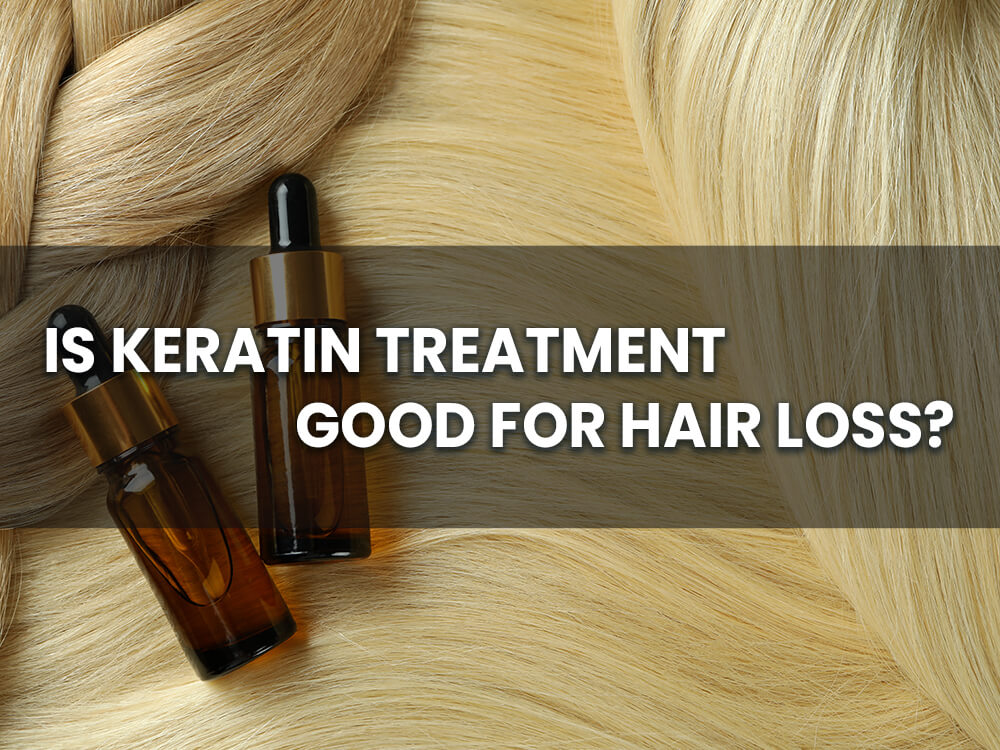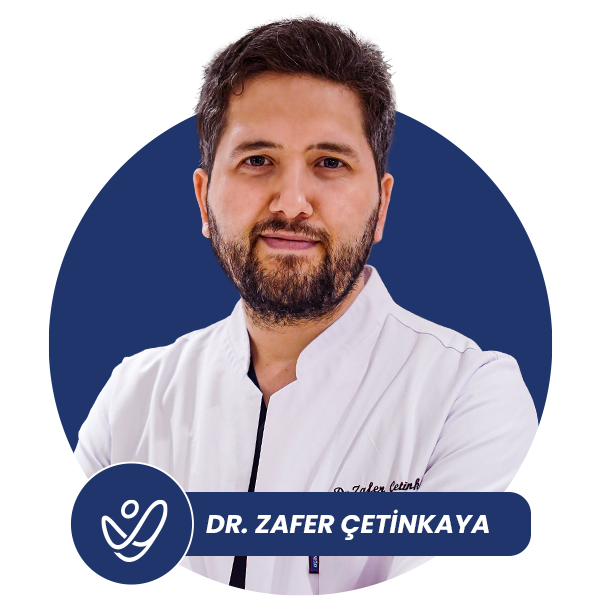
Hair loss is a common concern that affects both men and women. Many people are constantly searching for effective treatments and solutions to promote hair growth and prevent further hair loss. One option that often comes up in discussions about hair loss is keratin treatment. But is keratin treatment really good for hair loss? In this article, we will explore the science behind hair loss, the role of keratin in hair health, how keratin treatments work, the potential benefits, risks and considerations of keratin treatment, alternatives to keratin treatment, and factors to consider when choosing a hair loss treatment.
Understanding Hair Loss
Hair loss, scientifically known as alopecia, can occur due to various factors and is influenced by both genetic and environmental factors. Understanding the causes of hair loss is crucial in determining the most effective treatment options.
When it comes to hair loss, it’s essential to consider the role of scalp health. A healthy scalp provides a strong foundation for hair growth, as it is where the hair follicles reside. Factors such as poor circulation, clogged hair follicles, and inflammation can negatively impact hair growth and contribute to hair loss. Therefore, maintaining a clean and well-nourished scalp is key in promoting healthy hair growth.
The Science Behind Hair Loss
Before delving into the potential benefits of keratin treatment for hair loss, it’s important to understand the science behind this common condition. Hair grows in cycles, with each hair strand going through a growth phase, followed by a resting phase, and eventually shedding to make room for new hair. Hair loss occurs when this cycle is disrupted, leading to excessive shedding or a prolonged resting phase.
Furthermore, the health of the hair follicles plays a significant role in hair loss. Hair follicles can become weakened or damaged due to factors such as inflammation, oxidative stress, and hormonal imbalances. Protecting the hair follicles and maintaining their health is crucial in preventing further hair loss and promoting regrowth.
Common Causes of Hair Loss
Several factors can contribute to hair loss, including genetics, hormonal imbalances, certain medical conditions, nutritional deficiencies, stress, and styling practices. Identifying the underlying cause of hair loss can help determine the most appropriate treatment approach.
In addition to the mentioned causes, it’s important to note that certain medications and medical treatments can also lead to hair loss as a side effect. Chemotherapy, for example, is well-known for causing hair loss due to its impact on rapidly dividing cells, including hair follicles. Understanding the potential side effects of medications and treatments is essential in managing and addressing hair loss effectively.
What is Keratin?
Keratin is a fibrous protein that makes up the composition of our hair, nails, and skin. It provides structural support, strength, and elasticity to these tissues, contributing to their overall health and appearance. In addition to its role in hair, nails, and skin, keratin is also found in other parts of the body such as the epithelial cells that line internal organs and glands.
Our bodies continuously produce keratin through a process called keratinization, where specialized cells called keratinocytes produce keratin as they move towards the skin’s surface. This process helps to create a protective barrier that shields our body from external elements and prevents dehydration.
The Role of Keratin in Hair Health
Keratin plays a crucial role in maintaining the health and integrity of our hair. It forms a protective barrier around the hair shaft, preventing damage from environmental factors such as pollution, UV radiation, and excessive heat styling. Additionally, keratin contributes to the smoothness, shine, and manageability of our hair.
Within the hair structure, keratin proteins are arranged in a helical pattern, providing strength and flexibility. This structural arrangement allows the hair to withstand daily wear and tear, styling practices, and environmental stressors without becoming brittle or prone to breakage.
How Keratin Treatments Work
Keratin treatments involve applying a product containing keratin to the hair, which is then sealed in with heat. This process aims to replenish lost keratin, strengthen the hair shaft, and smooth out frizz and texture irregularities. The result is often hair that appears smoother, more manageable, and healthier-looking.
It is important to note that while keratin treatments can provide temporary improvements in hair texture and appearance, they do not fundamentally change the internal structure of the hair. Regular maintenance and proper hair care practices are essential to ensure long-lasting benefits from keratin treatments.
Keratin Treatment and Hair Loss
The Potential Benefits of Keratin for Hair Loss
While keratin treatments are primarily known for their cosmetic benefits, some proponents argue that they may also be beneficial for hair loss. The replenishment of keratin to the hair shaft could potentially strengthen weak hair follicles, reduce breakage, and promote healthier hair growth. However, it’s important to note that more scientific research is needed to support these claims.
Furthermore, keratin treatments are believed to create a protective barrier around the hair shaft, which can help shield the hair from environmental damage and prevent moisture loss. This barrier may also aid in maintaining the hair’s natural oils, resulting in improved overall hair health and appearance.
Risks and Considerations of Keratin Treatment
Like any hair treatment, keratin treatments come with potential risks and considerations. Some individuals may be allergic to the ingredients used in the treatment, such as formaldehyde, which is commonly found in some formulations. It’s important to choose a reputable salon or stylist and discuss any concerns or sensitivities before proceeding with the treatment. Additionally, repeated or excessive use of keratin treatments may lead to hair damage and brittleness in some cases.
Moreover, it’s crucial to follow the aftercare instructions provided by your stylist post-treatment to ensure the best results and minimize any potential side effects. This may include using sulfate-free shampoos, avoiding excessive heat styling, and limiting exposure to chlorine and saltwater, as these factors can affect the longevity of the keratin treatment and the overall health of your hair.
Alternatives to Keratin Treatment for Hair Loss
Dealing with hair loss can be a frustrating experience, but there are various options available beyond keratin treatment. Exploring alternative solutions can help you find the best approach for your specific needs and preferences.
Over-the-Counter Solutions
If keratin treatment is not suitable for you or you are looking for alternative options, there are certain over-the-counter solutions that may help address hair loss. These include shampoos, conditioners, and serums that contain ingredients like biotin, saw palmetto, minoxidil, or caffeine, which are believed to promote hair growth and reduce hair loss.
Biotin, a B-vitamin, is known for its role in promoting healthy hair and nails. Saw palmetto is a plant extract that may help inhibit the hormone dihydrotestosterone (DHT), which is linked to hair loss. Minoxidil is an FDA-approved ingredient commonly found in hair growth products, while caffeine is believed to stimulate hair follicles and promote growth.
Professional Treatments
In addition to over-the-counter solutions, consulting with a hair care professional can provide you with insights and recommendations tailored to your specific hair loss concerns. They may suggest treatments such as platelet-rich plasma (PRP) therapy, laser therapy, or hair transplant procedures. These professional treatments often require multiple sessions and can be more expensive than over-the-counter options, but they may yield more significant results for some individuals.
Platelet-rich plasma (PRP) therapy involves using a concentration of your own platelets to stimulate hair follicles and promote hair growth. Laser therapy utilizes low-level laser light to stimulate blood flow to the scalp and encourage hair growth. Hair transplant procedures involve moving hair follicles from one part of the scalp to another to address balding or thinning areas.
Making the Right Choice for Your Hair
Factors to Consider When Choosing a Hair Loss Treatment
When considering different hair loss treatments, it is essential to take various factors into account. These include the underlying cause of your hair loss, your budget, lifestyle, personal preferences, and the potential risks and benefits associated with each treatment option. Consulting with a hair care professional can be beneficial in guiding you towards the most suitable treatment choice.
Consulting with a Hair Care Professional
To make an informed decision about the best hair loss treatment for you, it is important to consult with a qualified hair care professional. They will be able to assess your specific situation, provide expert advice, and offer personalized recommendations based on your needs and preferences.
It’s also crucial to consider the long-term effects of any treatment you choose. Some treatments may offer quick results but could potentially damage your hair in the long run. Understanding the potential risks and benefits of each option will help you make a well-informed decision that aligns with your hair health goals.
Furthermore, lifestyle factors such as your daily routine, stress levels, and dietary habits can play a significant role in the health of your hair. A holistic approach that addresses not only the external symptoms but also internal factors contributing to hair loss can lead to more sustainable results.



